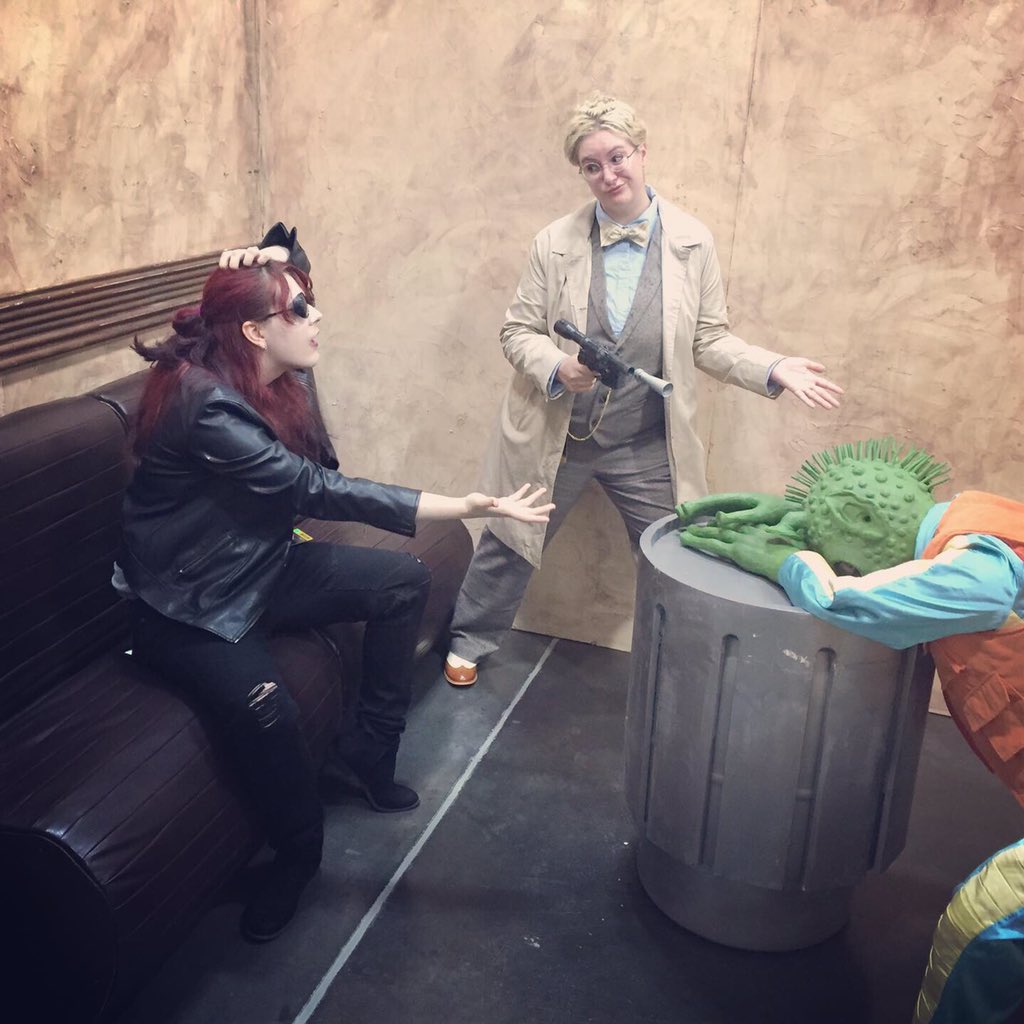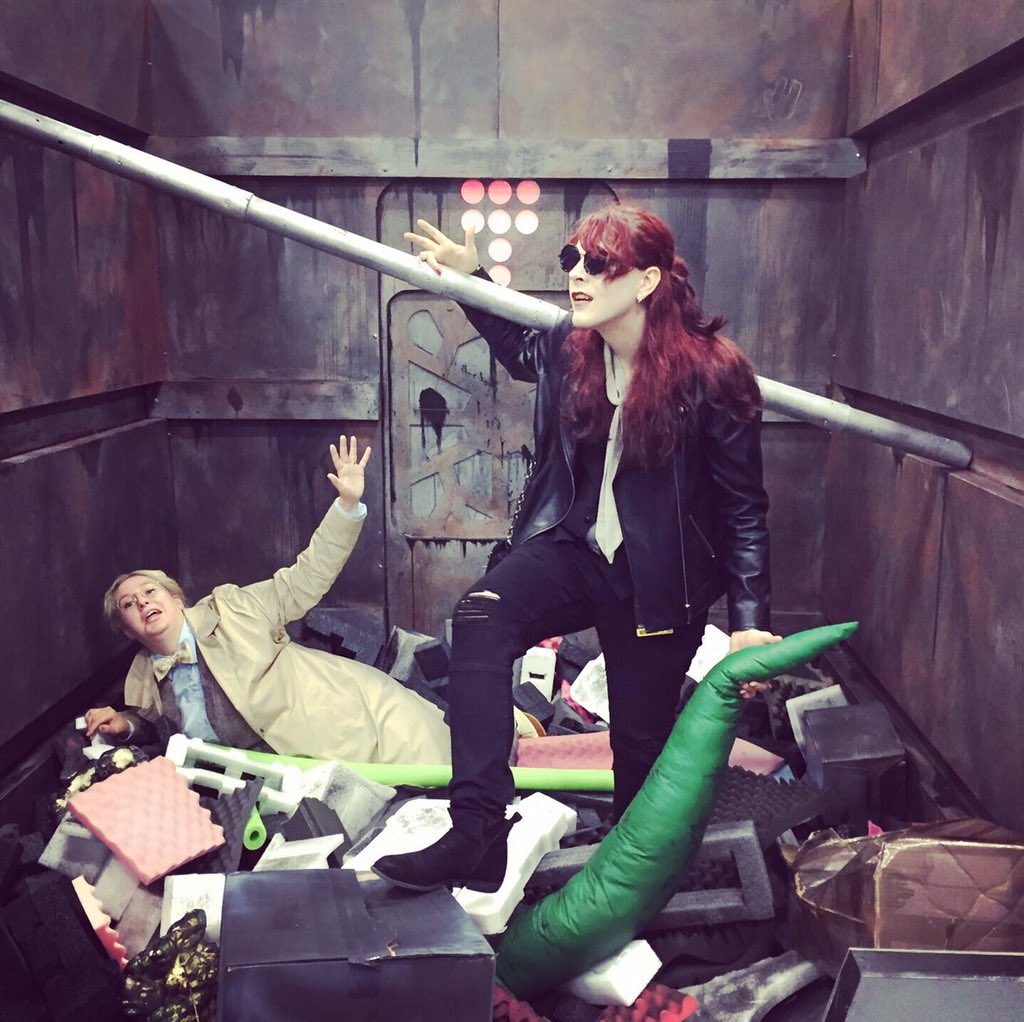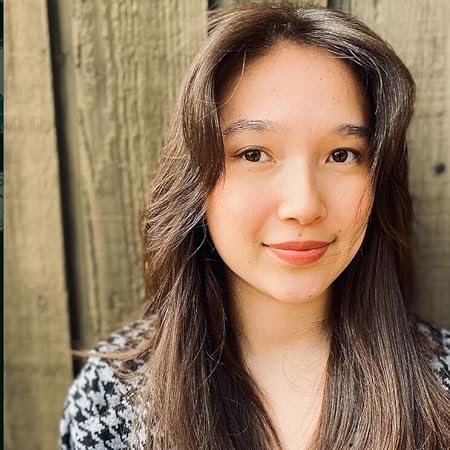Portland has long been the west coast capital of the comics industry, and since 2012, Rose City Comic Con has been the city’s own homegrown comic convention. Every September fans from throughout the Pacific Northwest, and some from further away, flock to the Oregon Convention Center. I myself have attended well over half the shows RCCC has put on. It’s always a wonder to see how the con grows and changes from year to year. Sometimes in delightful ways, sometimes, well, less so. I’d like to break down my experience of this year’s show from a few perspectives through which I experienced it, simultaneously a fan of comics, a retailer, a creator, someone who dresses up for cons, and also a visibly queer person.
Being at Rose City is a somewhat mixed bag as a retailer in the comics industry. Compared to Emerald City Comic Con in Seattle, Portland’s show doesn’t seem to attract as many members of publishing and editorial staff. One of the more important things you can gain from attending a comic con as someone representing a brick and mortar store is a relationship with the companies whose material you carry. That being said, you can always meet wonderful people in artist’s alley, and if you let them know you’re looking for new material to carry, you may find that some folks are willing to work out a wholesale arrangement. Pins are great for this sort of thing, and if the person is also able to ship, you may end up discovering a new long-term product line for your store.

One thing I decided to do this year was, rather than bringing business cards I made little zines with all of my info on them. They cost about $1.50 to make, which isn’t enormously cost effective for something you intend to give away, but I wanted to try it and see how it worked out, and I’m really glad I did. I asked everyone first before giving them one, and everyone seemed excited about them. They’re a great way to make a memorable impression, and also show that you are physically capable of putting the work in to make something. A few people even insisted on paying for them, or trading me for their own merch, which is a very nice feeling, but not something I would advise anyone to expect or ask for. I brought about thirty, which ended up being pretty much the perfect amount.
Now, I should preface that when I do cosplay, it’s at a pretty casual level. I’m not building armor, I’m not checking props, and I don’t need a handler to get through the door. I just like setting a day aside to be in costume. This year my wife and I went as Aziraphale and Crowley from Good Omens, and it was marvelously fun. Getting positive feedback on the outfit you worked hard to put together and being asked to pose for pictures can be fun, as long as you’re up for the attention, but what really made it special for us was that there were so many spots specifically set up to take pictures. Whether it was the diner set from American Gods, a booth built to look like the Death Star’s trash compactor, or Fujifilm taking fee polaroids to promote their cameras, there were constantly exciting opportunities for fun and unique pics.

I can only speak to my own experience of course, but I have historically felt very safe and respected at Rose City. When I started exploring my gender some years ago, RCCC was the first place I ever presented as femme, and I received nothing but support and positivity. And now as a trans woman who is also married to another woman, I feel totally welcome in that space. That having been said, despite the number of queer artists and fans at Rose City, it is in many ways, not an especially diverse show. Considering Portland’s increase in white supremacist violence over the last several years, what I have to say as a white person about feeling safe in these spaces should perhaps be taken with a grain of salt.
For the last few years I’ve considered Rose City to be my favorite convention, but it is not without its own problems. The line to get in on Saturday for instance, was a monstrous experience. The insistence upon only having a single entrance resulted in a line wrapped around the entire convention center three times. Another unfortunate side-effect of this is that stepping out of the show for a moment, whether to grab lunch, drop bags off at the hotel, or just to get some air, is often not worth the effort, an exhausting addition to navigating the show. It’s entirely transparent that the reasoning behind this is that it will compel attendees to buy more expensive “fast-pass” style badges, allowing them to use the same entrance as guests, vendors, and those who require special accessibility. The defining factor of RCCC used to be that it was a smaller, more intimate show with a specific focus on comics. More people getting to attend and having a good time is not a bad thing, and it’s nice to see the show enjoying success, but the larger it gets, the more it becomes indiscernible from every other corporate con, with everything that goes along with that.







0 Comments